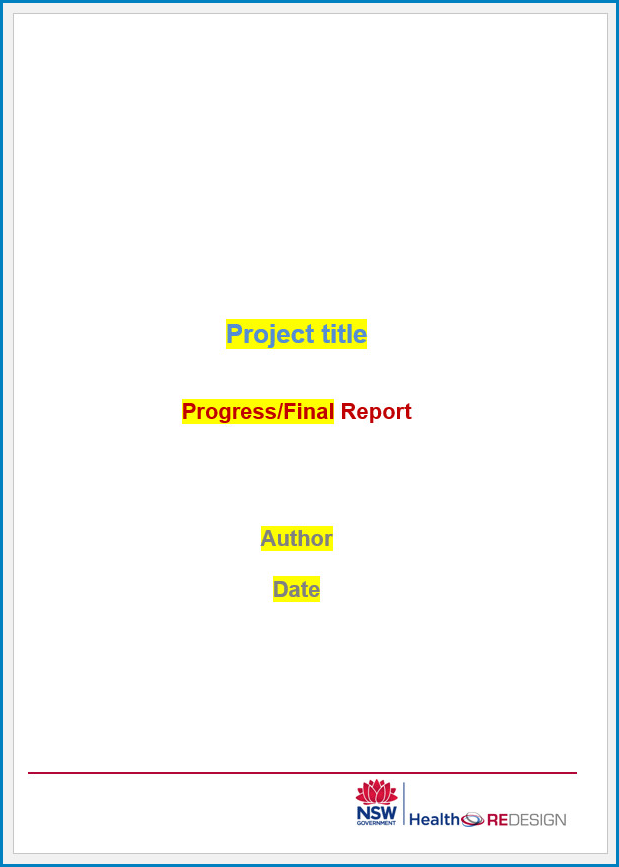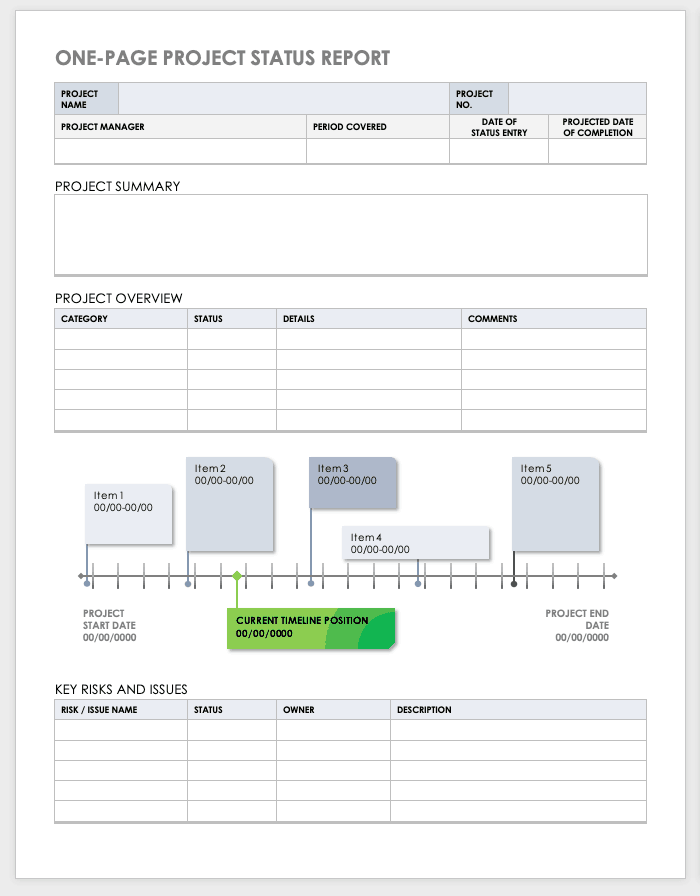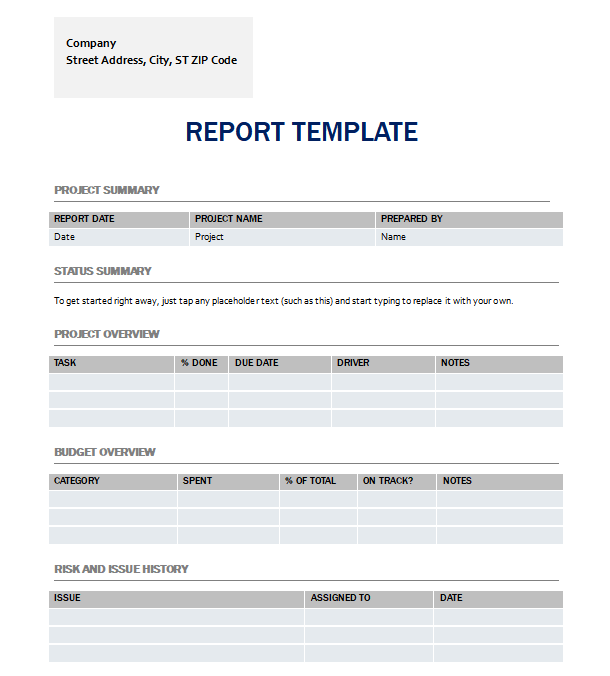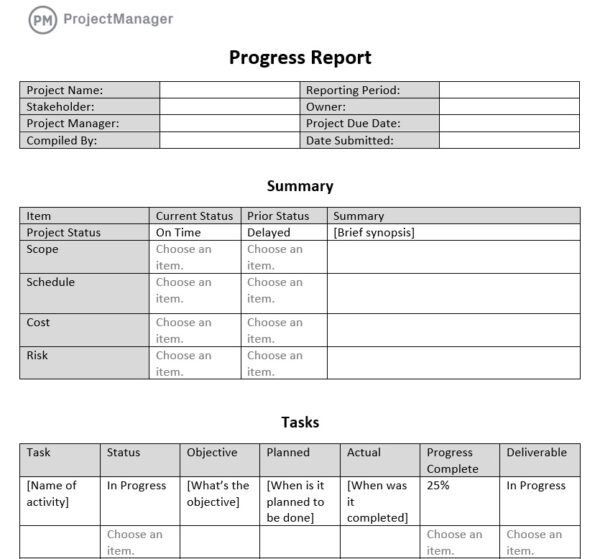Managing a project involves numerous tasks and responsibilities, and it can often feel overwhelming to keep track of all the key aspects. This is where a project report comes in handy. A project report serves to comprehensively document and communicate the essential elements of a project, including its goals, progress, challenges, outcomes, and analysis. It allows stakeholders to understand the project’s performance, identify areas for improvement, and make informed decisions based on the presented information.
In this article, we will explore the significance of a project report, how to create one effectively, and provide some tips for successful project reporting.
What is a Project Report?
A project report is a document that provides a detailed overview of a project’s key aspects. It serves as a comprehensive record of the project’s goals, progress, challenges, outcomes, and analysis.
The report aims to communicate the project’s performance to stakeholders, enabling them to understand the project’s status and make informed decisions based on the presented information.

Why is a Project Report Important?
A project report is essential for effective project management due to the following reasons:
1. Comprehensive Documentation:
A project report provides comprehensive documentation of the project, allowing stakeholders to have a clear understanding of the project’s goals, progress, and challenges. It ensures that important details are not lost and provides a reference point for future analysis.
2. Communication Tool:
A project report serves as a communication tool between project managers and stakeholders. It helps in conveying the project’s performance, outcomes, and analysis, ensuring that all parties involved are on the same page.
3. Performance Evaluation:
A project report enables stakeholders to evaluate the project’s performance objectively. It provides them with the necessary data and analysis to assess whether the project is meeting its goals and objectives.
4. Identifying Areas for Improvement:
By analyzing the project report, stakeholders can identify areas for improvement. They can pinpoint challenges and obstacles that may have occurred during the project and take corrective actions to enhance future project execution.
5. Informed Decision Making:
A project report empowers stakeholders to make informed decisions based on the presented information. It provides them with insights into the project’s performance, allowing them to allocate resources effectively and prioritize tasks accordingly.
How to Create a Project Report
Creating an effective project report involves several key steps:
1. Gather Relevant Data:
Collect all the necessary data related to the project, including goals, progress updates, challenges faced, outcomes achieved, and analysis. Ensure that the data is accurate and up-to-date.
2. Organize the Report:
Structure the project report in a logical and organized manner. Divide it into sections such as project overview, goals, progress, challenges, outcomes, and analysis. This will make it easier for stakeholders to navigate through the report.
3. Include Visual Representations:
Utilize charts, graphs, and visual representations to present the data effectively. Visuals can help stakeholders grasp complex information quickly and enhance the overall readability of the report.
4. Provide Analysis and Insights:
Include a thorough analysis of the project’s performance. Present insights and observations gained from the project, highlighting key strengths and areas for improvement. This will help stakeholders make informed decisions based on the analysis.
5. Keep it Concise and Clear:
Avoid unnecessary jargon and technical terms that may confuse stakeholders. Keep the language concise, clear, and easily understandable by all parties involved.
6. Review and Revise:
Before finalizing the project report, review it carefully and revise any errors or inconsistencies. Ensure that the report accurately reflects the project’s performance and goals.
7. Seek Feedback:
After creating the project report, seek feedback from stakeholders. Their input can provide valuable insights and suggestions for improvement, ensuring that the report effectively communicates the project’s key aspects.
Examples




Tips for Successful Project Reporting
To ensure successful project reporting, keep the following tips in mind:
- 1. Be Transparent: Provide accurate and honest information in the project report, even if it highlights challenges or setbacks. Transparency builds trust with stakeholders.
- 2. Focus on Key Metrics: Highlight the most important metrics and key performance indicators (KPIs) in the project report. This allows stakeholders to quickly assess the project’s progress and performance.
- 3. Tailor the Report to the Audience: Customize the project report based on the needs and preferences of different stakeholders. Present the information in a way that resonates with each audience.
- 4. Use Visuals: Incorporate visuals such as charts, graphs, and diagrams to make the project report more visually appealing and easier to understand.
- 5. Update Regularly: Keep the project report up-to-date by regularly updating it with the latest data and progress. This ensures that stakeholders have access to the most recent information.
- 6. Provide Recommendations: Include recommendations for improvement based on the analysis of the project’s performance. This shows stakeholders that you are proactive in identifying areas for enhancement.
Conclusion
A project report is a valuable tool for effective project management. It comprehensively documents and communicates the key aspects of a project, enabling stakeholders to understand the project’s performance, identify areas for improvement, and make informed decisions.
By following the steps outlined in this article and implementing the provided tips, you can create an informative and engaging project report that facilitates successful project execution.
Project Report Template – Download